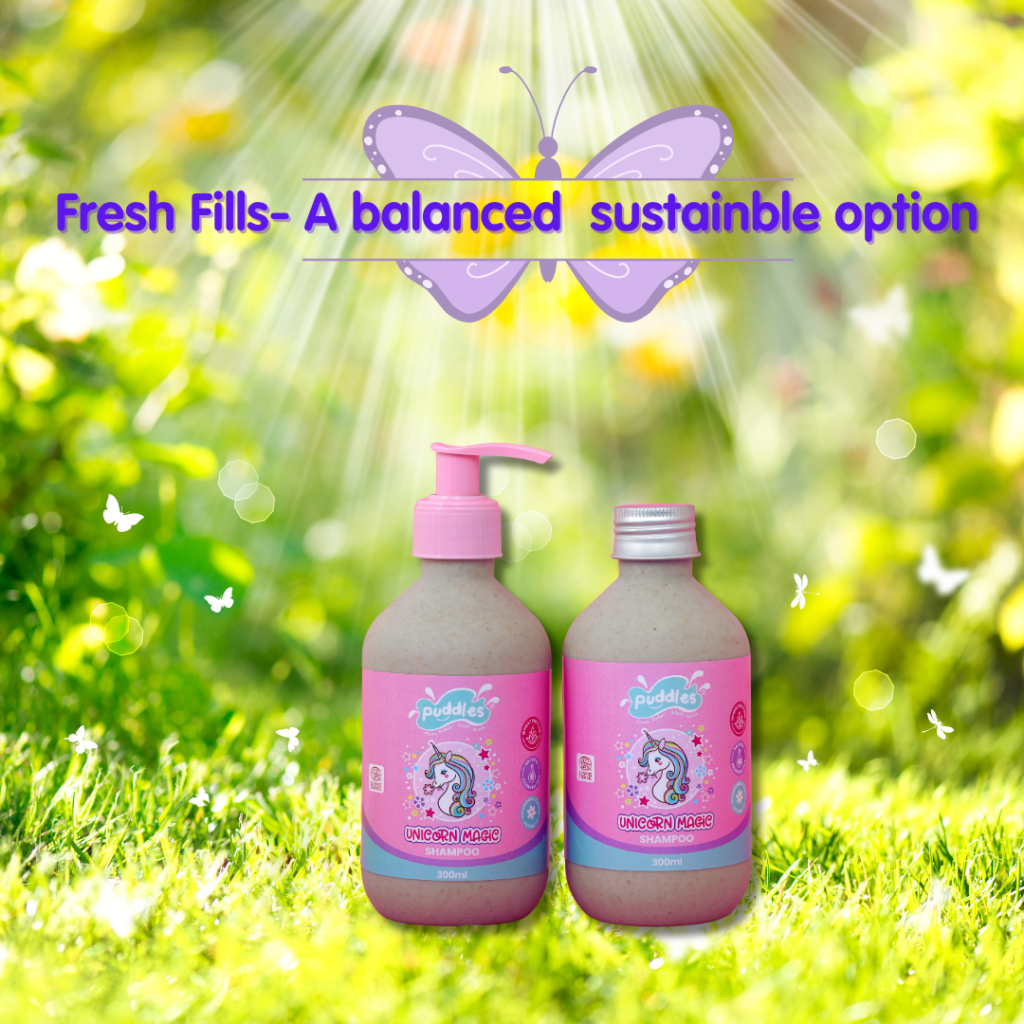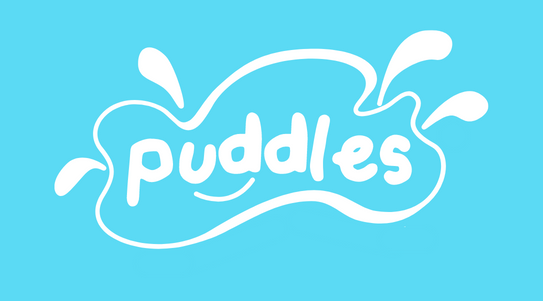
In today’s world, the conversation around sustainability has gained significant momentum, especially in the cosmetics industry. As consumers become more conscious of their environmental impact, brands are seeking innovative ways to align their products with eco-friendly practices. Among the myriad approaches, four distinct strategies stand out: eliminating liquid products, recyclable packaging with refill options, recycling and reusing bottles, and the Fresh Fill option. Each method offers unique benefits and challenges in terms of experience, costs, and practicality. Let’s delve into these options and assess how they contribute to a more sustainable future.
1. Eliminating Liquid Products
One of the more radical approaches to sustainability in cosmetics involves eliminating liquid products altogether. This means saying goodbye to traditional liquid shampoos, conditioners, body washes, and lotions, and instead, embracing solid alternatives like bars and powders. The primary motivation behind this shift is the significant reduction in packaging waste, particularly plastic, and a lower carbon footprint during transportation due to the lighter weight and smaller size of solid products.
Experience: While eliminating liquid products may seem like a straightforward solution, it comes with trade-offs. Liquid products offer a sensory experience that many consumers find satisfying—the creamy lather of a shampoo, the silky feel of a conditioner, and the smooth application of a lotion. Solid alternatives, though effective, often lack the same luxurious feel, and some consumers find them less convenient to use, especially for children who may struggle with applying and storing solid products.
Costs: From a cost perspective, eliminating liquid products can be both advantageous and challenging. On one hand, solid products generally last longer, as they are concentrated and require less usage per application. This can make them more cost-effective in the long run. However, the initial cost of high-quality solid alternatives can be higher than traditional liquid products, which might deter some consumers from making the switch.
Practicality: Practicality is another consideration. Solid products require specific storage solutions to prevent them from dissolving in water, which adds an extra step for consumers. Additionally, for families with young children, the use of solid products can be less practical, as they may find it difficult to handle and apply them effectively. While eliminating liquid products is a commendable step toward sustainability, it may not be the most practical or desirable option for everyone.
2. Recyclable Packaging with Refill Options
A more balanced approach to sustainability is the use of recyclable packaging combined with refill options. This strategy allows brands to maintain the consumer-favorite liquid product experience while reducing the environmental impact of packaging waste. Typically, the primary container, such as a bottle or jar, is designed to be durable and reusable, while refills are offered in lightweight, recyclable, or biodegradable materials.
Experience: Recyclable packaging with refill options preserves the traditional experience of using liquid products, which is a significant advantage. Consumers can enjoy their favorite shampoos, conditioners, and lotions without sacrificing the sensory experience they love. Additionally, refill options often come in compact packaging, making them convenient to store and use.
Costs: In terms of costs, refill options generally offer savings compared to purchasing a brand-new product each time. The initial investment in the primary container might be higher, but over time, consumers can save money by purchasing refills. However, it’s important to note that while the refill packs reduce plastic usage, they do not completely eliminate it. Moreover, the need to purchase refills regularly can still contribute to ongoing costs.
Practicality: Despite the benefits, refill options are not without their challenges. The process of refilling can be messy, leading to spills and waste. This can be particularly problematic for parents trying to refill bottles for their children, as it adds an extra task to their routine. Additionally, while refill packs reduce plastic waste, they do not completely eliminate it, which means the environmental impact is mitigated but not entirely resolved.
3. Recycling and Reusing Bottles: A Circular Economy Approach
Another innovative approach to sustainability is the implementation of a circular economy model, where consumers return their used bottles to the manufacturer for cleaning, refilling, and reuse. This method significantly reduces waste by keeping packaging in circulation for as long as possible, minimizing the need for new materials and reducing the overall environmental footprint.
Experience: The circular economy approach offers an experience that closely mirrors traditional product use, as consumers continue to use their favorite liquid products in familiar packaging. The main difference lies in the return process, which requires consumers to send their used bottles back to the manufacturer. This approach maintains the sensory experience of liquid products while contributing to sustainability efforts.
Costs: From a cost perspective, this option can be more expensive. The logistics of collecting, cleaning, and refilling bottles add to the overall cost of the product. Additionally, in regions like India, where shipping costs can be significant, the expense of returning bottles may outweigh the benefits for some consumers. This makes the circular economy model a less accessible option in certain markets, where cost considerations play a significant role in consumer decisions.
Practicality: The practicality of recycling and reusing bottles hinges on consumer participation. The success of this model relies on consumers being willing to return their used bottles, which requires extra effort and commitment. While this approach is environmentally beneficial, it may not be the most convenient or cost-effective solution for everyone. The additional steps involved in returning bottles could deter some consumers from participating, limiting the overall impact of this strategy.
4. The Fresh Fill Option: Balancing Sustainability, Cost, and Convenience
The Fresh Fill option is an innovative middle ground that addresses the challenges of sustainability while maintaining convenience and reducing costs. In this model, consumers receive two fully filled bottles of their chosen product—one with a pump and the other with a highly recyclable aluminum cap. After using the first bottle, they simply transfer the pump to the second bottle, eliminating the need for refills, messy transfers, or returning bottles to the manufacturer.
Experience: The Fresh Fill option preserves the traditional experience of using liquid products, offering consumers the same quality and convenience they are accustomed to. There is no compromise on the sensory experience, and the process is straightforward and hassle-free, making it an appealing choice for families, especially those with young children.
Costs: This option is also cost-effective. By reducing the need for refill packs or return logistics, the Fresh Fill model offers a more economical solution compared to other sustainability approaches. Consumers benefit from the lower costs associated with simplified packaging and distribution, while the brand maintains its commitment to reducing environmental impact.
Practicality: In terms of practicality, the Fresh Fill option excels. It eliminates the mess and inconvenience associated with refilling bottles, making it an ideal choice for busy families. The process of transferring the pump is simple and can even be a fun and educational activity for children, teaching them about sustainability in a hands-on way. The use of biodegradable or recyclable materials further enhances the environmental benefits, making this option a well-rounded and practical solution.
Conclusion
As the cosmetics industry continues to evolve, sustainability remains a key focus for brands and consumers alike. Each of the approaches discussed—eliminating liquid products, recyclable packaging with refill options, recycling and reusing bottles, and the Fresh Fill option—offers unique benefits and challenges. While some methods, like eliminating liquid products, may require consumers to compromise on their experience, others, like the Fresh Fill option, strive to balance sustainability with convenience and cost-effectiveness.
At Puddles, we recognize the importance of making sustainable choices that do not compromise the experience or convenience for our customers. That’s why we have chosen the Fresh Fill option as our preferred approach to sustainability. It allows us to deliver high-quality products in an environmentally responsible way, ensuring that our customers can enjoy the best of both worlds—a commitment to the planet and a premium product experience.
